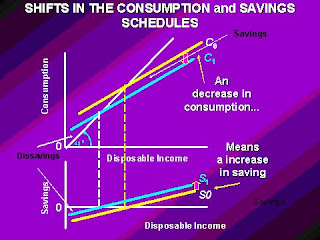America Express reports that profit dropped 72% from a year earlier as more customers fell behind & defaulted on loans. At its U.S. card unit, loan defaults surged to 6.7% of loans from 3.4% a year earlier.
Macquarie Capital in New York has rate the company as “underperform”, America Express sought US$3.9 Billion from the US Treasury to boost capital as surging consumers defaults forced it to set aside more reserves as the market for bond backed by credit-card debt seized up.
Discover the 4th largest credit network in the US, reported fiscal 4th quarter profit - more than double to US$444 million. But Discover boosted its provision for losses by 89% or US$521 million, as loans overdue rose by 30 days or more to 4.56% from 3.59% a year earlier.
On Monday Iceland’s coalition Government collapsed, the first Government to fall as direct result of the global credit crisis. The economic crash has been greatly felt by its people as the island of just over 300,000 have had their personal savings wiped out & and the jobless rate soaring.
Consumer confidence for January plunges to its lowest since measurements began in 2001, falling 23% from the prior month and 83% from a year earlier.
Iceland secured US$10 Billion in financial aid from the International Monetary Fund (IMF) and several European countries. But trade in the currency is effectively frozen.
There has been strong information to support a fall in the high-end of the property market in Australia – but this sets a new low.
A seaside mansion in Florida U.S. sold for US$10 (AUS$15) that was bought for more the US$13.74 million in March 2004. Sounds to good to be true or only in America I hear you say!
Well you might not know Richard Fuld by name but you would know about the investment bank Lehman Brothers that collapsed in 2008. Mr Fuld was the former chairman & chief executive of Lehman Brothers & the buyer you ask, is wife.
Most likely he is transferring property due to the fear of lawsuits or possible bankruptcy.
Poor Mr Fulder, let’s hope…. or hope not that his wife doesn’t run off with a younger man.



